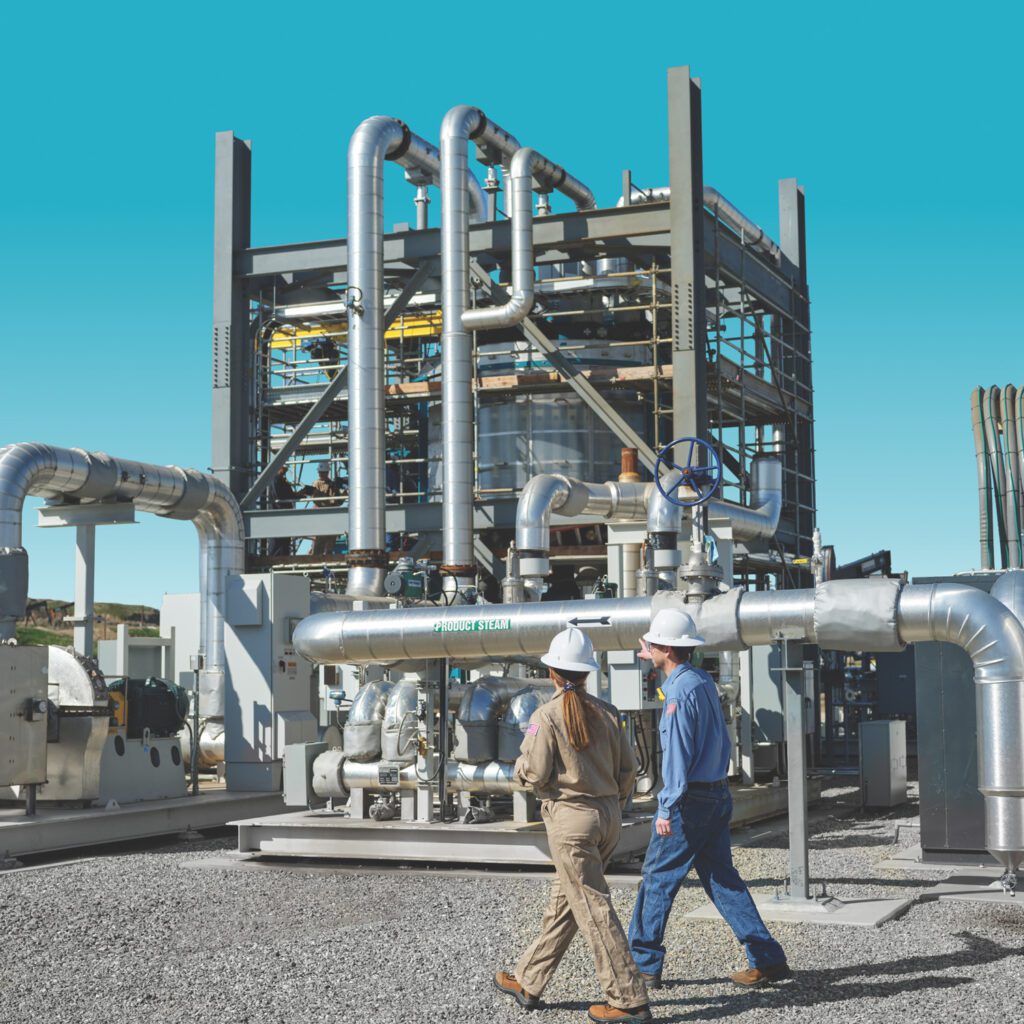- Author: Claude Letourneau, President & CEO, Svante
From the pages of the latest bestsellers to the napkins in people’s homes, to the cardboard boxes that online orders arrive in, ordinary paper products play an essential role throughout the economy and in our daily lives.
Yet this versatile biomass material requires extraordinary effort to produce: Paper production is energy-intensive, mainly due to the large amounts of evaporation involved – drying accounts for 70% of the energy use in the sector. Globally, pulp and paper ranks fourth in energy consumption and generates nearly 2%, or 300 million tonnes per year, of all industrial CO2 emissions.
While the CO2 emissions intensity of pulp and paper globally has fallen by almost 3% per year since 2010, this trend is under pressure due to rising demand for packaging and paperboard, which is expected to grow by more than 4% a year through 2032. The industry must now double down on carbon management solutions and cut emissions intensity by 5% a year by 2030 to stay on track with net-zero by 2050.
Aside from the massive deployment needed of renewables and electrification of our energy system, we must also work to rewire the industrial sector by reducing CO2 emissions from the products we rely on day-to-day.
Leading the way to a new mindset
The manufacturing process of pulp and paper, with its high energy use and extreme temperatures, often earns the industry label “hard-to-abate,” a term for sectors that are challenging to decarbonize in a cost-effective way. To be sure, manufacturing innovations, such as new processes that require less evaporation, as well as higher on-site waste-heat recovery and co-generation, can increase energy efficiency and reduce emissions.
But no matter the efficiencies gained at the edges, they will not offset growing energy needs. As modern climate solutions become cheaper and more viable, the term “hard-to-abate” feels outdated, pessimistic, maybe even defeatist. Instead, multi-pronged strategies, like renewable energy and advanced carbon capture, removal, utilization, and storage (CCUS) technologies, can bend the cost curve of carbon management and shift the industry’s mindset to one of “affordable-to-abate.”
Complementing nature with engineering solutions
Pulp and paper is in a unique position to lead this mindset shift towards nature working in tandem with engineering solutions. Its raw material is trees, nature’s own renewable carbon removal system. It uses that biomass for around 60% of its energy and capturing CO2 from post-combustion of biomass is generally cheaper than capturing it from post-combustion of natural gas. Pulp and paper’s flue gas CO2 concentration is around 14-16%, compared to 0.04% in the atmosphere, making it a great candidate for efficient and affordable carbon dioxide removal (CDR) from point-source capture of carbon emissions.
Thus, the natural advantages of this biomass-based industry can be complemented through engineering solutions such as CCUS to create high-quality – and thus high-value –credits that are differentiated from traditional nature-based solutions. AI technology can also revolutionize the tracking and verification of carbon intensity across the pulp and paper value chain, from satellite monitoring of forests to supply chain management.
Recent analyses show that carbon capture technology, when supported with reasonable incentives like voluntary carbon credits, can be profitable for pulp and paper. Of course, the industry is diverse, and the required level of credit depends greatly on the mill type and details. Reducing environmental impact doesn’t have to mean sacrificing growth or quality of life. When technology and nature work together, we can enable a more sustainable and prosperous future.

Unlocking new revenue opportunities
The economic feasibility of abatement in pulp and paper is promising, thanks partly to increasing corporate willingness to invest in emissions reduction projects. Because CO2 emissions from pulp and paper, along with industries like ethanol and waste-to-energy, are biogenic sources, they are not subject to the compliance market. Their capture and storage present a new revenue opportunity from biogenic CDR credits. These credits can be sold through off-take agreements to third parties seeking to mitigate their own emissions while improving the competitive positioning of the pulp and paper industry by enhancing and stabilizing cash flow.
This can be encouraged through an ambitious carbon fee implemented among businesses with high profits per ton of CO2 emitted, such as banking, technology, and pharmaceuticals. This would fund external climate projects such as CDR. The level of funds generated would differ between sectors and companies depending on their ability to pay, but one estimate says such a fee could raise at least $23 billion a year for climate initiatives while keeping expenses under 1% of profits and below $100 per tonne of CO2. This could fund removal of up to 230 million tonnes of CO2 per year.
Svante’s technology-based approach to CCUS plays an important role in the ecosystem of engineering solutions that can reduce pulp and paper’s environmental impact while generating new revenue. Just like super-efficient trees, our innovative solid-based filter technology can scale and is purely subtractive. This is in contrast to other approaches, such as liquid amines, which create toxic fugitive emission byproducts.
Bringing engineering-based and nature-based carbon management solutions together makes it possible for sectors like pulp and paper to affordably abate their emissions and drive a more sustainable path forward. To do this, stakeholders should embrace the “affordable-to-abate” mindset and view carbon management not as an insurmountable challenge to be addressed in the future, but as a business opportunity today to align industrial and environmental goals for the greater good.
Partners like Svante have the expertise, experience, and technology to help industrial customers accelerate sustainability at scale while driving positive business outcomes. Learn more about how Svante can be a partner on the path to greater sustainability.







